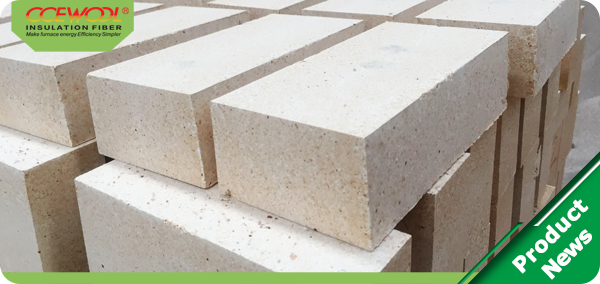
Nov. 16, 2016
Refractory material as one of essential production material in cement production plays an important role in the normal operation of the production line and has a great impact in the cement enterprises energy saving also. Refractories material directly affect the furnace operation, by optimizing the quality and configuration of refractory material to extend its service life, can greatly improve the cement production operation line and reduce the cement production enterprises cost, this article mainly describes the cement industry kiln fire bricks.

1)alkaline refractory bricks
Alkaline kiln fire bricks have the characteristics of high temperature resistance and chemical resistance. They are the key materials for cement kiln to produce high quality, high yield, low consumption and long-term safe operation. But it has the disadvantages of easy to be damp metamorphism, large thermal expansion, high thermal conductivity and low thermal shock resistance. At present, the alkaline kiln fire bricks used in cement kiln mainly include Directly combined with magnesia chrome brick,semi direct bonded magnesium-chromium bricks, ordinary magnesia-chrome bricks, dolomite bricks, zirconium and non zirconium magnesia bricks, Spinel bricks, and chemical combination of non-burning magnesia-chrome brick.
2) High-alumina brick
High alumina brick has high compressive strength, high refractoriness under load, and good thermal shock resistance. Because of its high quality and low price, it is widely used in a variety of cement kiln. Various types of phosphate-bonded high-alumina bricks are with the characteristics of high strength (not less than 60 MPa) and good thermal shock resistance, but they have a large creep at high temperatures, so that high aluminum bricks are better used at the crown region.
The introduction of small amounts of ZrO2 in high alumina bricks can lead to the existence of micro cracks and the improvement of thermal shock resistance by the phase transition between ZrO2 monoclinic and tetragonal. The appropriate brick particle size makes high porosity, but the strength is high as well, which reduces its thermal conductivity and thermal expansion. In the cement kiln, using the transfer surface of the thin layer of glaze film protect the brick from further alkaline erosion.
High alumina bricks for cement kilns mainly include phosphate-bonded high-alumina bricks, phosphate-bonded high-alumina wear-resistant bricks, anti-flaking high alumina bricks, chemically bonded (special) high alumina bricks and ordinary high alumina bricks.
3) Alkali-resistant brick
Alkali-resistant brick has excellent resistance to alkali corrosion, under certain conditions alkali-resistant brick react with alkali compound in the kiln materials and kiln gas, and rapidly form a closed-type dense protective glaze layer, to prevent the continue infiltration and brick alkali crack damage kiln. Especially it is one of the indispensable lining materials in NSP kiln. A series of alkali-resistant brick are including ordinary alkali-resistant brick, high-strength alkali-resistant brick, alkali-resistant insulation brick and vault-type alkali-resistant brick.
Suitable for cement kiln refractory castables mainly include corundum castable, high aluminum castable, alkali castable and lightweight castable and so on. CCEWOOL as the first brand of global kiln insulation energy-saving program can provide a full range of kiln fire bricks products.
